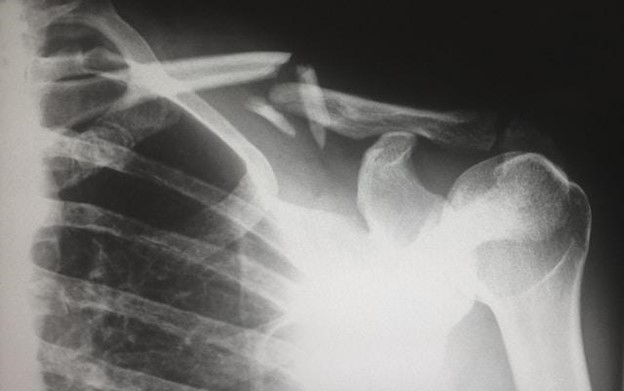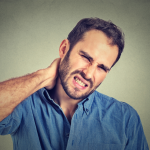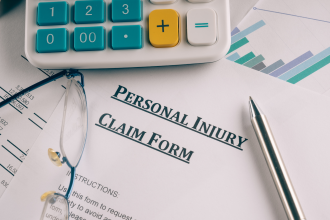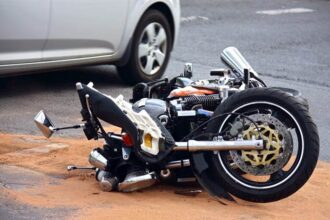Building a personal injury claim in California can be a time-consuming process. To succeed, your legal team will need to not only prove negligence but also provide reasonable proof of your injuries. No matter how obvious your injuries may be, the law requires you to provide medical evidence.
San Diego County residents who’ve been injured and are seeking to recover damages can contact an Oceanside personal injury lawyer to guide them through the process. Working with an experienced personal injury law firm may not ease your aches and pains, but they’ll ensure you’re properly compensated.
The Importance of Seeking Medical Attention After an Accident
After an accident, you may feel frazzled but physically fine. Many accident injuries can take hours or days to make themselves known to you. Whiplash is a common injury that may not be apparent immediately after an accident. After a traumatic event, many victims simply want to go home and refuse immediate medical treatment. Although they feel fine, they could have injuries masked by stress and adrenaline.
To win a personal injury case, seeking medical attention as soon as possible is crucial. Defendants can use any delay in seeking medical treatment as proof that you weren’t injured. It’s imperative to have a medical paper trail as quickly as possible after an accident if you are going to seek damages.
What Is Considered to Be Medical Evidence?
To prove that you sustained injuries in a personal injury case, you’ll need to provide medical evidence. California Evidence Code 1271 states that activity records are admissible as evidence of proof of injuries, medical procedures, and diagnoses.
Medical evidence serves a few purposes in a personal injury lawsuit. First, it proves that an injury did occur on a certain date and was caused by a specific event. It documents the injury or injuries, both physical and psychological, and establishes a timeline. This evidence can also point to a treatment plan, whether it be short or long-term.
Medical evidence is used to prove the existence of injuries and establish the cost of treatment and whether or not the injured party can return to work. This is crucial when claiming damages such as loss of current or future wages.
Common forms of medical evidence include:
- Medical records – This can include doctor’s notes, laboratory results, treatment plans, and all other paperwork and documents that provide information about the accident and the injuries sustained.
- Medical testimony – Your lawyer may hire a medical expert to provide testimony regarding your injuries, how they were sustained, and how they’ll affect your life.
- Medical images – CT scans, MRIs, and X-rays- provide visual proof of your injuries and are an excellent source of evidence.
- Diagnosis – An accurate diagnosis of your injuries and their possible long-term effects is critical to a personal injury case.
- Treatment records – Any documents that provide information about surgeries, physical rehabilitation, chiropractor visits, or mental healthcare visits can be used as a form of medical evidence.
How Is Medical Evidence Used in a California Personal Injury Case?
In a California personal injury case, the burden of proof is yours. Your legal team will need to provide evidence of your injuries. They won’t have to prove it beyond a reasonable doubt like in a criminal case, but they do need to prove that it’s more than likely true. This evidence is used for a few purposes.
- To prove the existence and severity of injuries – Medical records and expert testimony will prove that the plaintiff does have injuries and how severe they are.
- To establish causation – Medical evidence can be used to prove that someone else’s negligent act caused your injuries. This evidence can prove that the accident caused physical or emotional damage to establish causation.
- To identify possible future medical expenses – Medical records and prognosis are key to proving an inability to earn a living was directly related to the accident. This is key to determining financial compensation due to a loss of wages.
Medical Evidence and Personal Injury Cases: The Bottom Line
To file a successful California personal injury case, the plaintiff must provide medical evidence to prove that injuries occurred. Plaintiffs who have postponed or avoided medical treatment will face difficulties winning their cases. With the help of an experienced personal injury attorney, gathering every piece of medical evidence is key to receiving fair compensation for your injuries.















